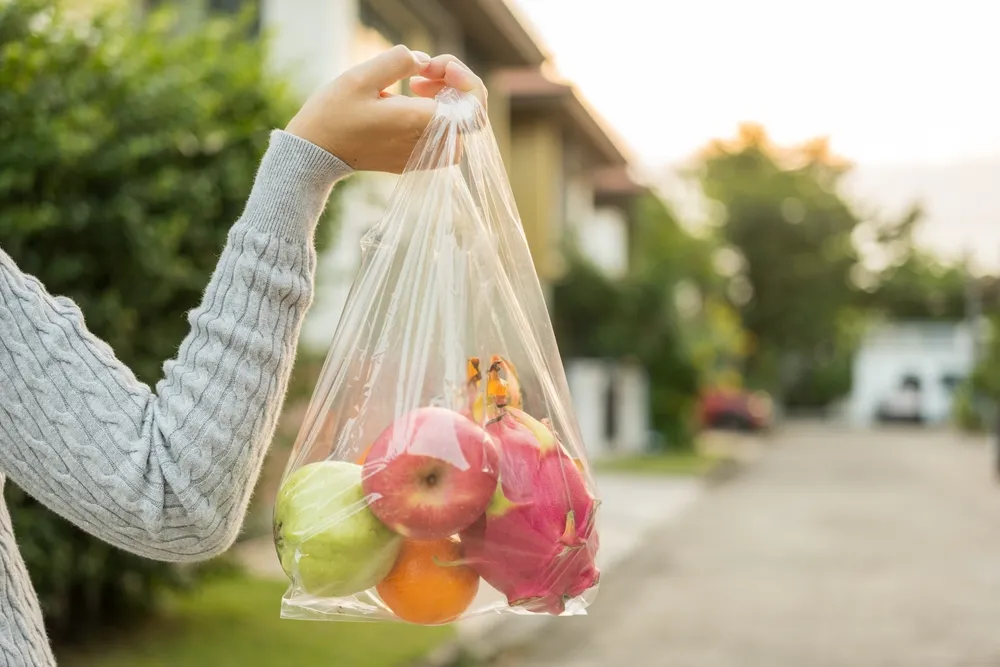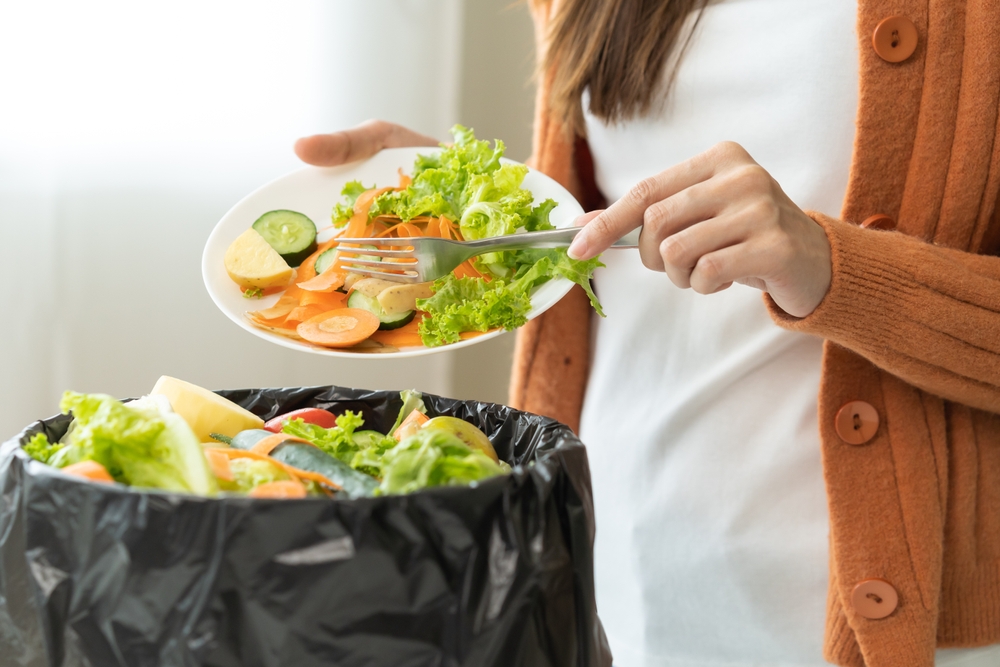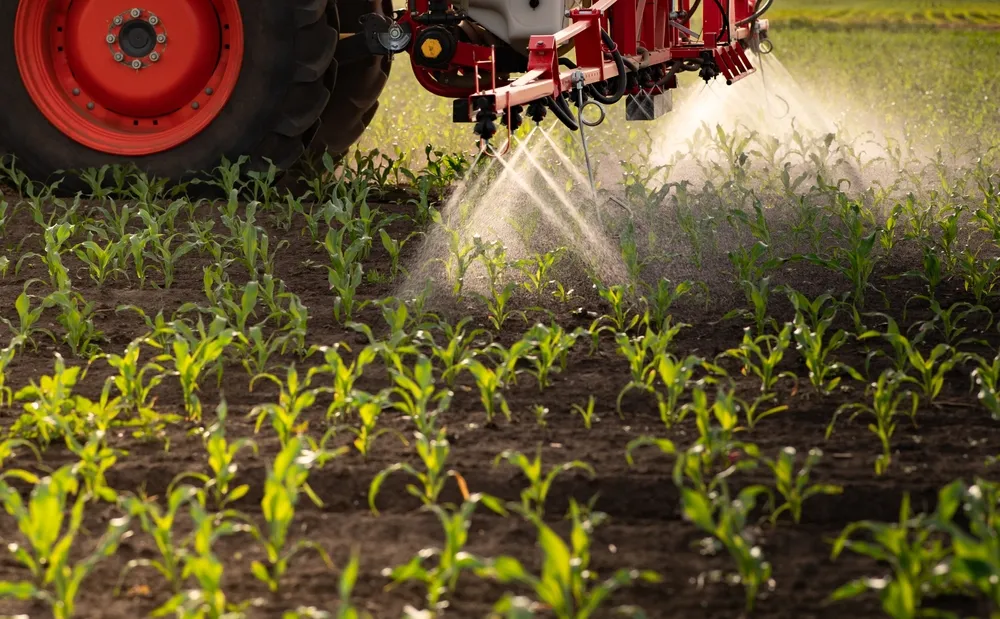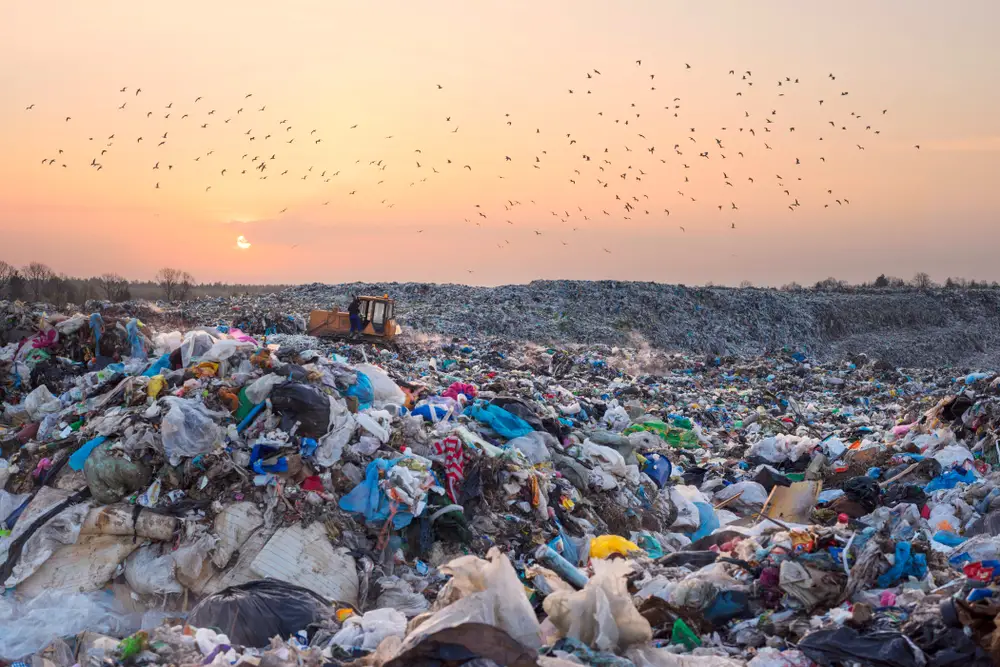Everyday habits can comfort us, but many seemingly harmless acts contribute to environmental degradation. From the way you shop to your daily commute, the hidden environmental costs of your routine might surprise you. Here’s a closer look at 13 common activities that have an unanticipated impact on our planet, and a few ideas for how you can make a difference.
1. Trendy Clothes

The convenience of fast fashion comes at a significant environmental cost. The industry is responsible for approximately 10% of global carbon emissions, emitting more than international flights and maritime shipping combined, according to a report by the United Nations Environment Programme. The manufacturing process involves copious amounts of water and chemicals, contributing to pollution and habitat destruction. Cheaply made garments also encourage a disposable mindset, leading to massive textile waste in landfills.
To mitigate this impact, consider investing in quality over quantity. Supporting sustainable brands helps reduce demand for mass-produced, polluting products. You can also embrace second-hand shopping, which reduces the need for new resources. By altering your purchasing habits, you demonstrate that ethical consumer choices are a form of activism.
2. Long Showers

It’s easy to overlook the environmental impact of a shower that’s a few minutes too long or a faucet that’s left running. Freshwater is a finite resource, and excessive use contributes to shortages that affect ecosystems and people alike. When water is wasted, energy used in its treatment and transportation is also squandered, increasing carbon emissions. In areas already facing drought, this overuse can strain local resources and exacerbate water scarcity.
Adopting simple habits can make a significant difference in conserving water. Turning off taps while brushing teeth and opting for shorter showers are easy starting points. Installing water-efficient appliances can further reduce waste in your home. By being mindful of your water consumption, you help preserve this precious resource for future generations.
3. Single-Use Plastics

Convenience often makes single-use plastics a go-to choice, but their environmental impact is severe. Plastics take hundreds of years to decompose, often breaking into microplastics that infiltrate ecosystems. Oceans are particularly affected, with the United Nations estimating that at least 5 trillion pieces of plastic currently pollute the sea. Marine life often mistakes these plastics for food, leading to injury and death.
Reducing your reliance on single-use plastics is crucial for minimizing this ecological threat. Carrying reusable bags, bottles, and utensils is a simple switch that significantly cuts down on waste. Supporting policies and brands that focus on reducing plastic packaging can also drive systemic change. These adjustments not only diminish personal plastic use but also signal to industries that sustainability is in demand.
4. Driving Short Distances

Hopping in the car for every errand might seem like an efficient choice, but it contributes substantially to pollution. Short trips result in higher emissions per mile than longer ones, primarily due to frequent stops and starts. This increased pollution not only worsens air quality but also accelerates climate change. In urban areas, the cumulative effect of numerous short car trips builds up to create serious smog and health issues.
Opting for alternatives like walking, biking, or public transportation can significantly cut down your carbon footprint. These modes of transport are not only more sustainable, but they also offer health benefits by keeping you active. If driving is unavoidable, consider carpooling or planning routes to combine multiple errands in one trip. Small changes in your transportation habits can lead to meaningful environmental benefits.
5. Food Waste

The amount of food that ends up in landfills is staggering, with about one-third of all food produced globally going to waste, according to the Food and Agriculture Organization. This wastage is not just a moral concern but an environmental one, as decomposing food releases methane, a potent greenhouse gas. The resources used in producing, transporting, and packaging uneaten food are squandered, further amplifying its environmental footprint. The seeds, water, energy, and labor invested in food production are lost when the food itself is discarded.
You can combat food waste by planning meals and shopping with purpose. Using leftovers creatively and properly storing food can extend its shelf life. Donating excess food and composting scraps are effective ways to keep waste out of landfills. These practices not only help the environment but also promote a more mindful and sustainable lifestyle.
6. Tech Gadgets

In our tech-driven world, the lifespan of gadgets is often shorter than ever. As newer models of electronics flood the market, the rate of electronic waste increases, with many devices ending up in landfills. E-waste contains harmful substances like lead and mercury which can leach into soil and water, causing pollution and health hazards. The extraction of raw materials for electronics also depletes natural resources and harms ecosystems.
To mitigate e-waste, try to extend the life of your devices through repairs and upgrades. Recycling old electronics through approved programs ensures they are disposed of safely. Supporting companies with sustainable practices, such as device take-back initiatives, helps create a circular economy. By making conscientious choices with electronics, you reduce your environmental impact and advocate for sustainable innovation.
7. Household Cleaners

The quest for a spotless home often leads to the overuse of chemical cleaners, which can harm the planet. Many conventional cleaning products contain volatile organic compounds (VOCs) that contribute to air pollution and can affect indoor air quality. Runoff from these chemicals can contaminate waterways, impacting aquatic life and ecosystems. The Environmental Working Group highlights concerns about the long-term effects of exposure to these substances.
Switching to eco-friendly cleaners is a straightforward way to reduce your environmental footprint. These products are made from natural ingredients that are less harmful to both people and the planet. DIY cleaning solutions, using simple ingredients like vinegar and baking soda, can also be effective. By choosing safer alternatives, you protect your health and the environment while keeping your home clean.
8. Energy Vampires

Even when turned off, many electronic devices continue to draw power, known as “phantom energy” or “energy vampires.” This hidden consumption can account for a significant portion of household energy use, contributing to higher utility bills and unnecessary carbon emissions. Devices left plugged in, like chargers and appliances, silently waste energy that could otherwise be conserved. It’s an often-overlooked aspect of daily life that adds up over time.
Combatting energy vampires requires a few simple adjustments. Unplug devices when they’re not in use or invest in smart power strips that automatically cut off power. Being mindful of turning off lights and electronics when leaving a room also contributes to energy conservation. Small changes in how you manage energy use can lead to meaningful reductions in your environmental impact.
9. Pesticides and Fertilizers

While they may seem necessary for a lush garden or a bountiful harvest, pesticides and fertilizers have far-reaching environmental consequences. These chemicals can leach into the soil and waterways, causing pollution that affects wildlife and human health. Chemical runoff contributes to the development of dead zones in water bodies, areas devoid of oxygen where aquatic life struggles to survive. Furthermore, they disrupt natural ecosystems and can lead to the loss of biodiversity.
Exploring organic gardening practices is a sustainable alternative. Natural pest control methods and organic fertilizers promote healthy soil and biodiversity. Crop rotation and companion planting are effective strategies to maintain a thriving garden without harming the environment. By choosing eco-friendly gardening techniques, you support a healthier planet while enjoying the fruits of your labor.
10. Old Medications

Flushing old medications might seem like a safe disposal method, but it can have unintended environmental consequences. Pharmaceuticals can contaminate water supplies, affecting aquatic ecosystems and potentially entering the human food chain. These substances can disrupt the reproductive systems of fish and other wildlife, leading to population declines and ecological imbalances. The presence of pharmaceuticals in water sources poses a growing concern for environmental and public health.
You can help mitigate this issue by disposing of medications through approved take-back programs or pharmacy return options. These initiatives ensure safe disposal, preventing contamination and protecting the environment. Keeping medications out of the trash and wastewater system is a simple yet impactful action. Responsible disposal of pharmaceuticals safeguards ecosystems and promotes a healthier planet for all.
11. Non-Recyclable Materials

Every day, countless non-recyclable materials are used and discarded, often ending up in landfills. These materials, like certain plastics, foams, and mixed-material goods, don’t decompose and contribute to environmental pollution. The production and disposal of non-recyclables consume resources and emit greenhouse gases, amplifying the environmental toll. As landfills reach capacity, the need for sustainable waste management becomes more pressing.
Making conscious choices about the materials you use can significantly reduce waste. Opt for products with recyclable packaging or those made from renewable resources. Supporting brands that prioritize sustainability can drive industry-wide changes, encouraging the shift to more eco-friendly materials. By reducing reliance on non-recyclable goods, you contribute to a cleaner, more sustainable future.
12. Overfishing Oceans

The allure of seafood on your plate often masks the environmental cost of overfishing. Unsustainable fishing practices deplete fish stocks, disrupt marine ecosystems, and lead to the collapse of fisheries. Bycatch, the capture of non-target species, further threatens ocean biodiversity, often resulting in the loss of marine life that plays critical roles in maintaining ecological balance. The demand for popular species exacerbates these issues, pushing some fish populations to the brink of extinction.
To support sustainable fishing, consider choosing seafood certified by organizations like the Marine Stewardship Council. These labels indicate responsible fishing practices that conserve marine life and habitats. Exploring lesser-known fish species can also reduce pressure on overfished populations. Your seafood choices can influence the health of marine ecosystems, encouraging a more sustainable approach to consumption.
13. Heating and Cooling

Relying heavily on heating and cooling systems throughout the year has a substantial environmental impact. Inefficient systems and poor home insulation lead to excessive energy use, increasing carbon emissions and utility costs. The demand for energy to maintain comfortable indoor temperatures is a significant contributor to global warming. As extreme weather events become more common, finding sustainable ways to manage temperature is increasingly important.
Improving home energy efficiency is a powerful way to reduce environmental impact. Simple actions like sealing drafts, upgrading insulation, and using programmable thermostats can make a big difference. Investing in energy-efficient appliances and systems further reduces energy consumption. By optimizing your home’s energy use, you help combat climate change while enjoying a more sustainable and comfortable living environment.
